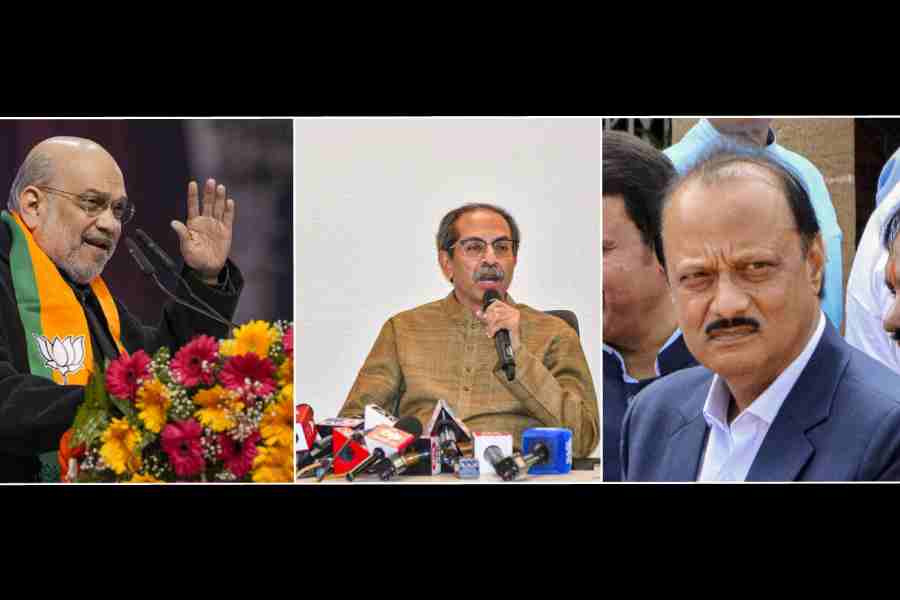Book: The Secret Life Of Writers
Author: Guillaume Musso
Publisher: Weidenfeld & Nicolson
Price: ₹599
As one of the main characters in The Secret Life of Writers sits in a bookstore and scours the internet for information on a grisly murder that has shaken the local community, he muses that for the first time in his life he feels like he is in a “real whodunnit”. In the tradition of great crime novelists, Guillaume Musso expertly sets the stage for a delicious murder mystery: “... a Mediterranean island paralysed by a blockade, a frozen corpse of a young woman, a famous writer locked away inside his house for twenty years...”
Translated by Vineet Lal from the French novel, La vie secrète des écrivains, the story opens in September 2018 with a young, aspiring writer, Raphael Bataille, arriving at the fictional Isle of Beaumont, an idyllic Cote d’Azur that has somehow succeeded in staving off tourists, pollution and concrete. Bataille’s arrival at Beaumont has little to do with the scenic setting; he is there to meet the reclusive novelist, Nathan Fawles, and badger him into reading his unpublished novel. But Fawles, who retreated from public life at the height of his career, is immensely displeased to find two strangers at his doorstep in a matter of days. Just after his rather disastrous encounter with Bataille, his beloved dog runs away from home. A beautiful Swiss journalist, Mathilde Monney, finds the pet and volunteers to return him home. But Monney’s arrival comes with a twist — not only does she claim to have met Fawles earlier but comes bearing a story that she bets will compel the writer to pick up his pen in spite of his vow to never write again.
There is a story-within-a-story, which involves a lost camera that has travelled the world, a reformed Bonnieand-Clyde-esque former couple, and a twenty-year-old burglary gone awry. When one half of the criminal duo is brutally murdered on the island, Bataille, who thinks he has sorted most pieces of the puzzle, is left wondering what could possibly be the connection among his favourite author, the enigmatic journalist and the murder mystery. At Fawles’s insistence, who dangles the possibility of literary mentorship in exchange for legwork, Bataille, a lifelong victim of the ‘good student/ good person syndrome’, turns to sleuthing. Hilarity ensues. The Secret Life of Writers takes recourse to several classic tropes and spins a stylish and taut thriller. Just when readers feel that they have nabbed the culprit, Musso throws a curveball and teases out a bit more of the intriguing plot.
Interestingly, what is interrogated simultaneously is the act of writing and the figure of the writer. A writer can be many things — an idealist, a clout chaser, an escapist, and, sometimes, a liar. Writing, too, can take the shape of “unverified facts and misleading simplification”, poignant love letters and righteous indignation, all of which Musso touches upon.
At one point, Fawles offers some critical advice to Bataille on the tenets of writing — “[T]he key thing is life. Or rather, the essence, the sap of life... so you can’t help but sprint to the end of your novel, as if your very existence depended on it.” Originality, mechanics, balance or language may not be crucial to writing a good book. Rather, what matter are the emotions it evokes. One must feel moved or shaken, rally behind the protagonists, pray for the villain’s demise and hunger to know the secret for a novel to be exciting. But this is not an easy task. Writing requires “destructive mental dissociation” and only if done right can the reader feel the depth of those emotions. Musso succeeds in applying these principles to his own writing for what keeps the reader hooked is not just the narrative but everything else deemed tangential — the absurdity, the dry humour and the dynamism of emotions.










